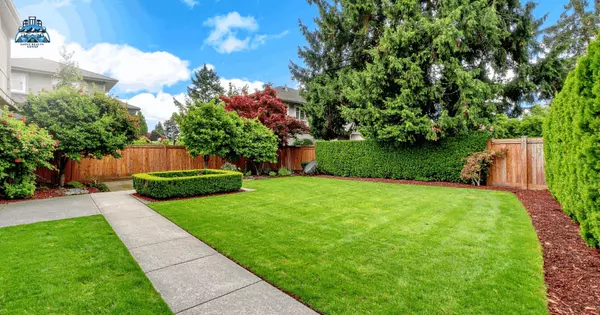Tips for Maintaining Your Lawn and Garden
Maintaining a lush and vibrant lawn and garden requires regular care and attention throughout the year. From mowing and watering to pruning and fertilizing, there are several tasks that need to be completed to ensure your outdoor space thrives. Whether you're a seasoned gardener or just starting out, these tips will help you keep your lawn and garden looking its best.
1. Develop a Maintenance Schedule
Consistency is key when it comes to lawn and garden maintenance. Create a maintenance schedule that outlines tasks to be completed on a weekly, monthly, and seasonal basis. Include tasks such as mowing, watering, weeding, fertilizing, and pruning, and allocate time each week to tackle them. Regular maintenance will help prevent problems and keep your lawn and garden healthy year-round.
2. Mow Regularly and at the Right Height
Proper mowing is essential for maintaining a healthy lawn. Mow your lawn regularly, but avoid cutting more than one-third of the grass height at a time. Adjust your mower blade height according to the season and grass type, aiming for a height of 2.5 to 3 inches for most grasses. Taller grass shades the soil, retains moisture, and promotes deeper root growth, resulting in a healthier lawn.
3. Water Wisely
Watering is crucial for keeping your lawn and garden hydrated, especially during hot and dry weather. Water deeply and infrequently to encourage deep root growth and drought tolerance. Water early in the morning to minimize evaporation and fungal diseases, and use a soaker hose or drip irrigation system to deliver water directly to the root zone. Monitor soil moisture levels and adjust watering frequency as needed.
4. Control Weeds and Pests
Weeds and pests can quickly take over your lawn and garden if left unchecked. Use a combination of cultural, mechanical, and chemical control methods to manage weeds and pests effectively. Mulching, hand-pulling, and using weed barriers can help suppress weed growth, while natural predators, insecticidal soaps, and organic pesticides can control pests without harming beneficial insects.
5. Fertilize Appropriately
Proper fertilization provides essential nutrients to support healthy growth and development in your lawn and garden. Test your soil to determine nutrient levels and pH, and choose a fertilizer formulation that meets your lawn and garden's specific needs. Apply fertilizer according to label instructions, and avoid over-fertilizing, which can lead to nutrient runoff and environmental pollution.
6. Prune and Trim Regularly
Pruning and trimming help maintain the shape, health, and vigor of your plants, trees, and shrubs. Remove dead, damaged, or diseased branches to promote new growth and prevent the spread of disease. Prune flowering plants after they bloom to encourage future blooms, and trim hedges and shrubs to maintain their desired shape and size.
7. Monitor and Adjust
Pay attention to the health and appearance of your lawn and garden, and be prepared to make adjustments as needed. Keep an eye out for signs of stress, disease, or pest infestations, and take corrective action promptly. Adjust your maintenance practices based on seasonal changes, weather conditions, and the specific needs of your plants.
8. Invest in Quality Tools and Equipment
Having the right tools and equipment can make lawn and garden maintenance tasks easier and more efficient. Invest in high-quality tools such as pruners, shears, lawn mowers, sprinklers, and hoses, and keep them clean, sharp, and properly maintained. Consider investing in a rain gauge, soil moisture meter, or digital thermometer to help monitor environmental conditions.
9. Embrace Sustainable Practices
Consider adopting sustainable gardening practices to minimize environmental impact and conserve natural resources. Use organic fertilizers and pest control methods whenever possible, compost kitchen and garden waste to enrich soil health, and choose native and drought-tolerant plants that require less water and maintenance. Practice water conservation techniques such as collecting rainwater and using drought-resistant landscaping techniques.
10. Seek Professional Help When Needed
If you're unsure about how to address a lawn or garden problem, don't hesitate to seek professional help. Consult with a local extension service, master gardener program, or landscaping professional for expert advice and guidance. They can provide personalized recommendations based on your specific lawn and garden conditions and help you troubleshoot any issues you may encounter.
By following these tips and incorporating them into your lawn and garden maintenance routine, you can create a beautiful and thriving outdoor space that you can enjoy year-round. With proper care and attention, your lawn and garden will be the envy of the neighborhood and a source of pride for years to come.
Categories
Recent Posts










GET MORE INFORMATION


